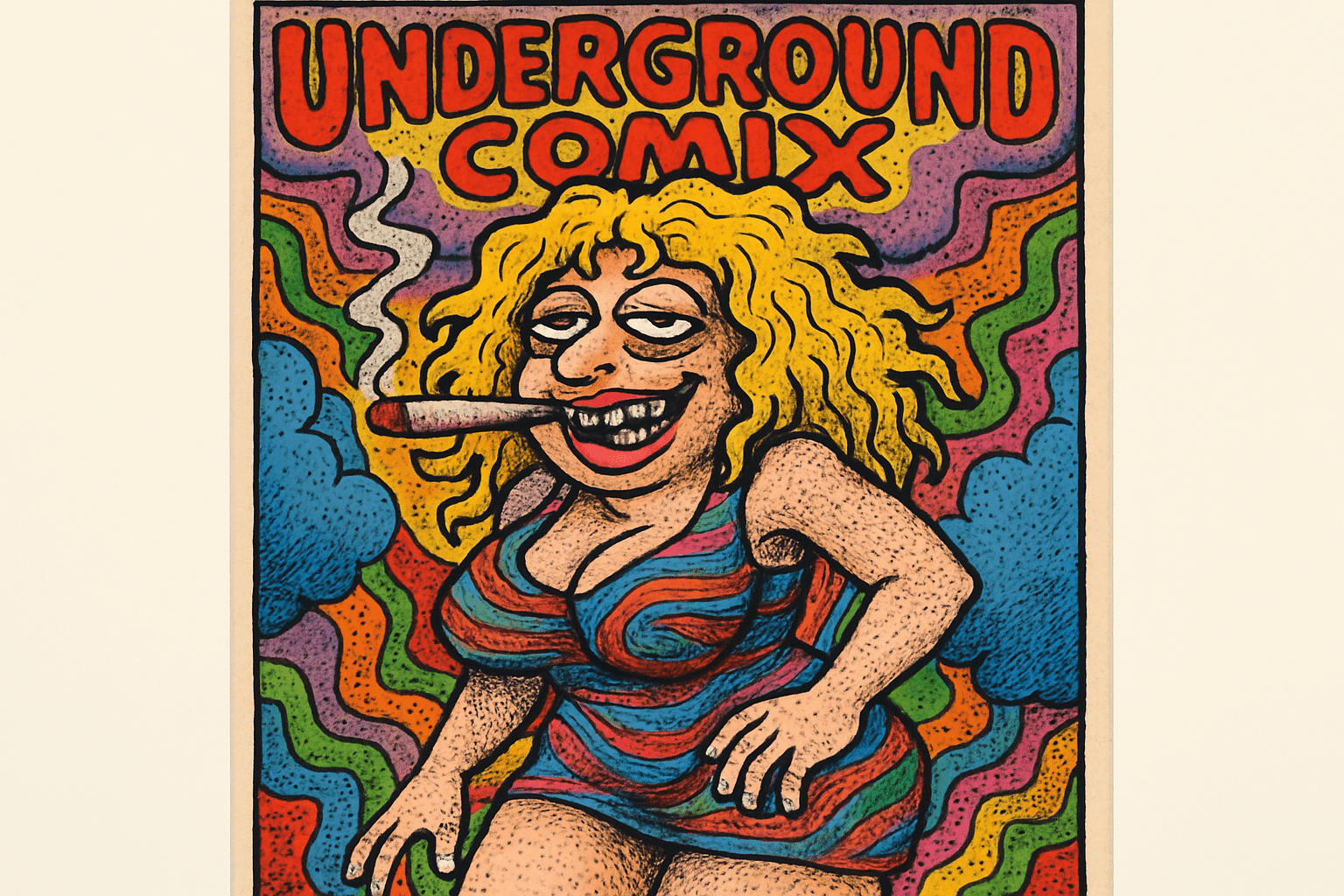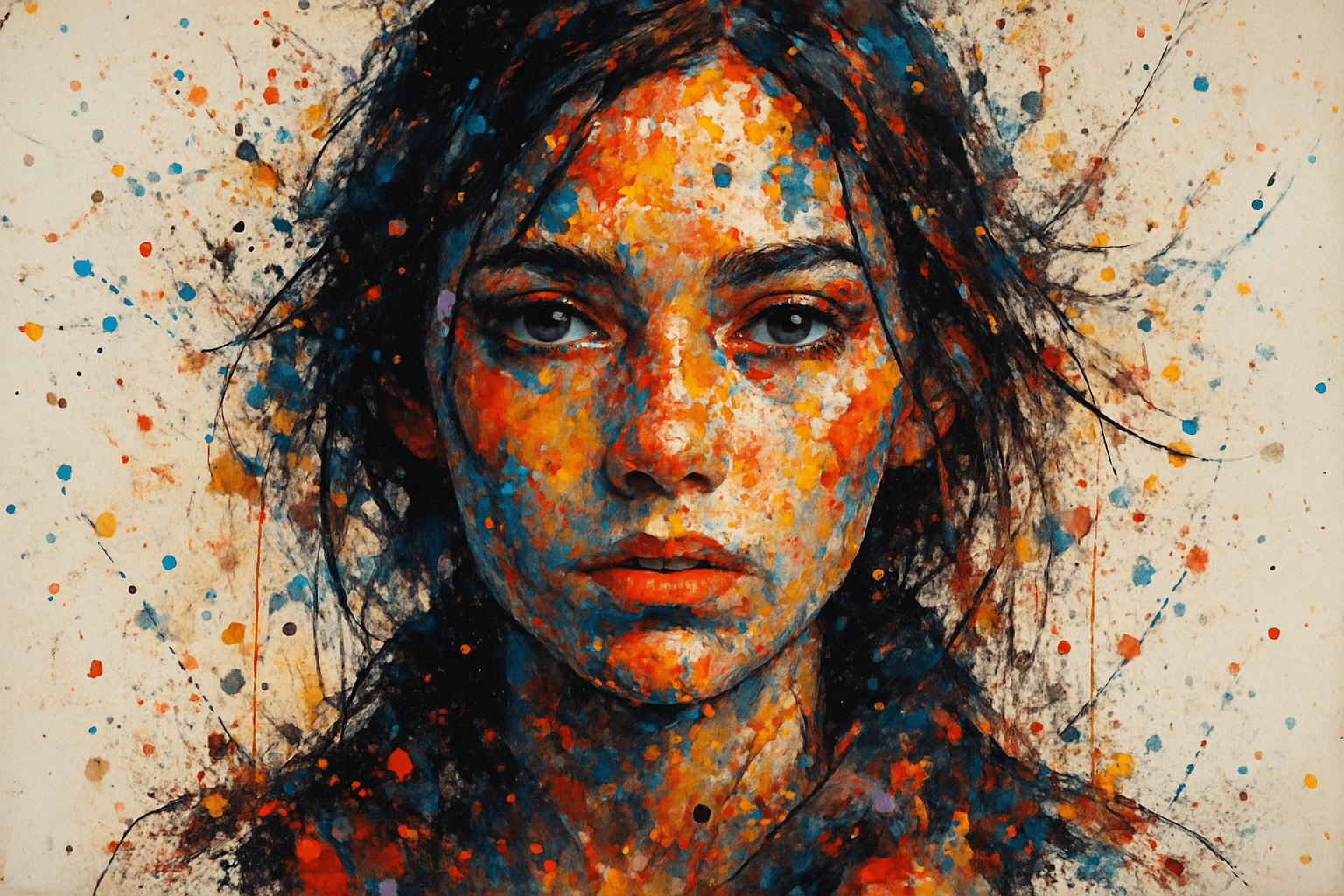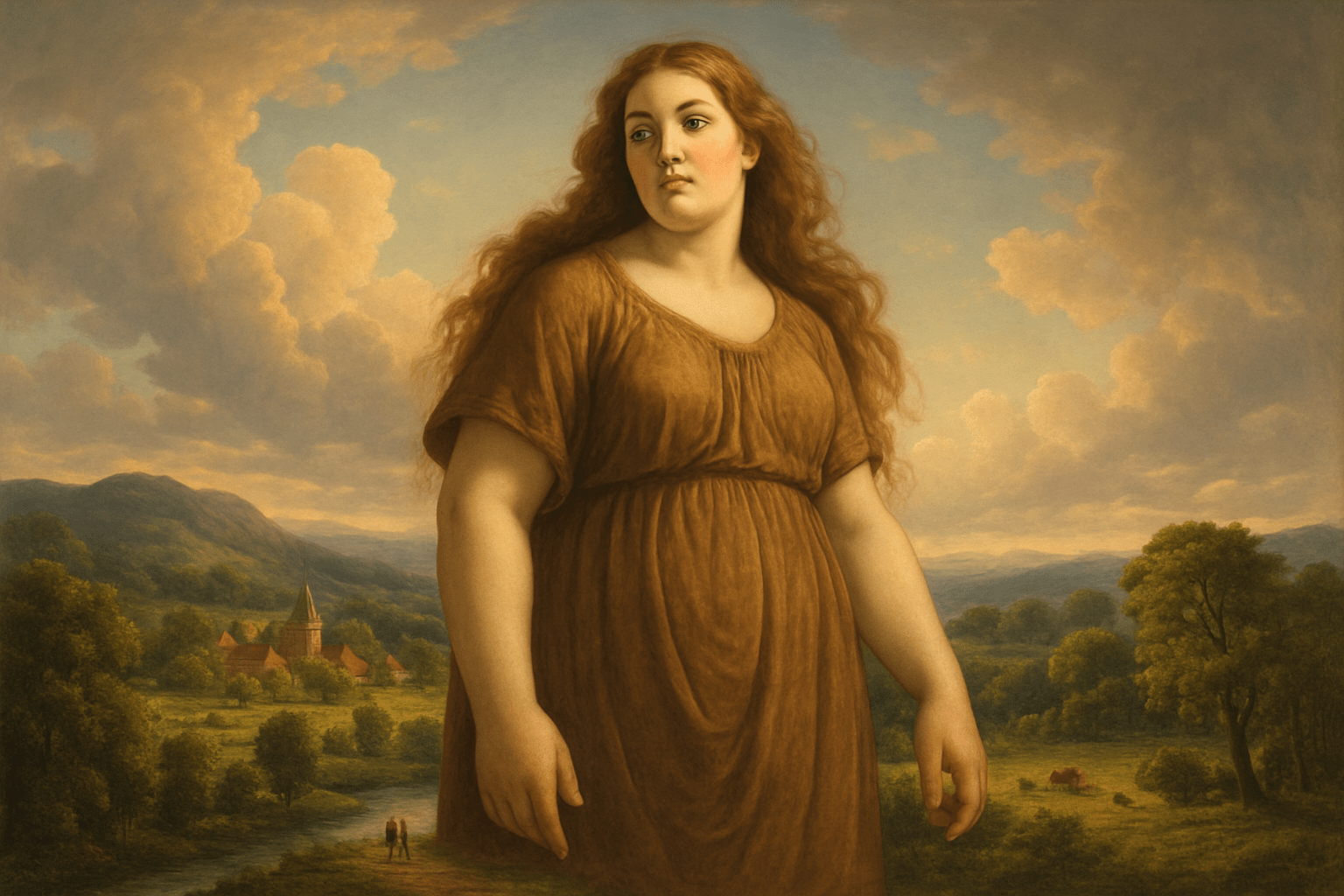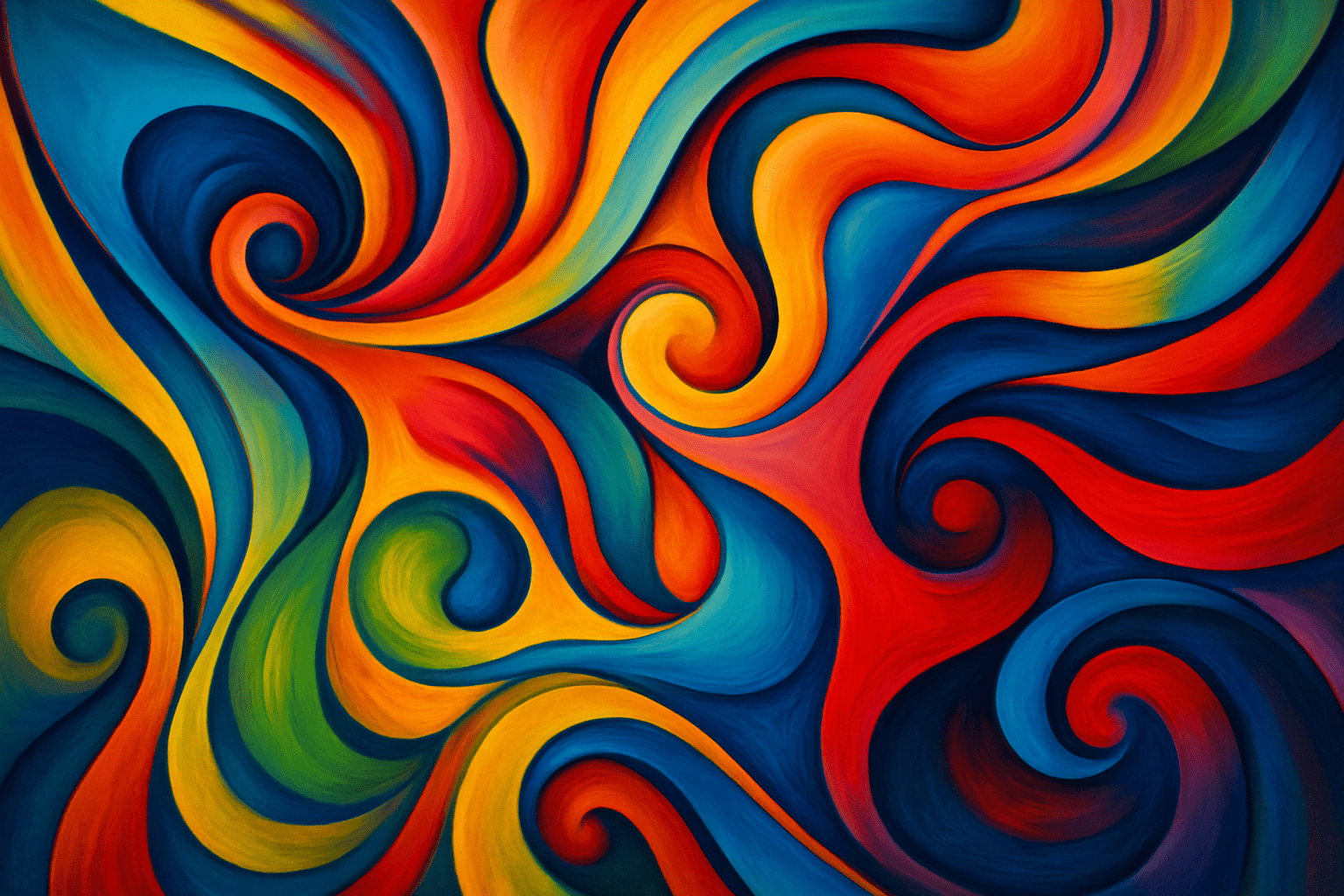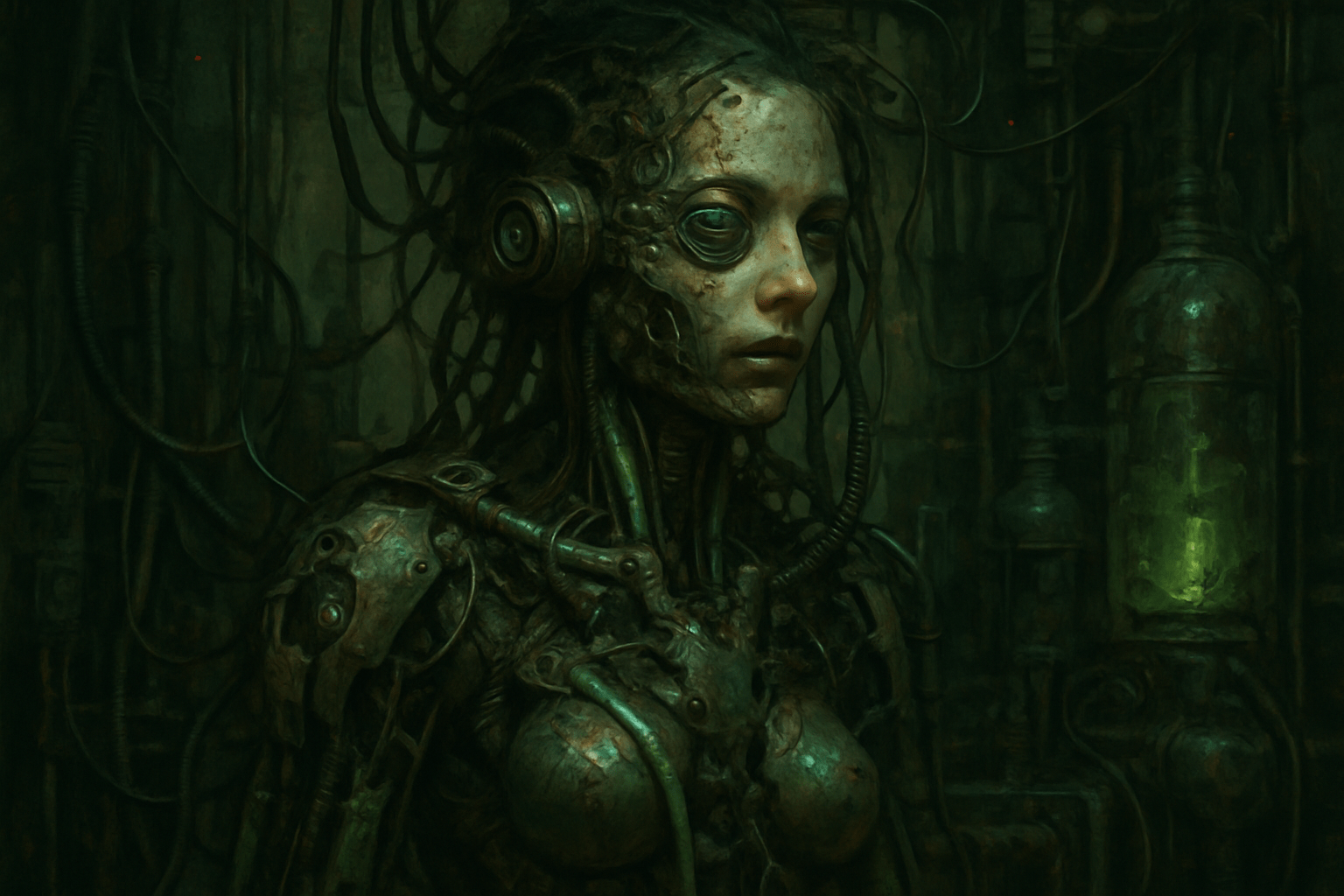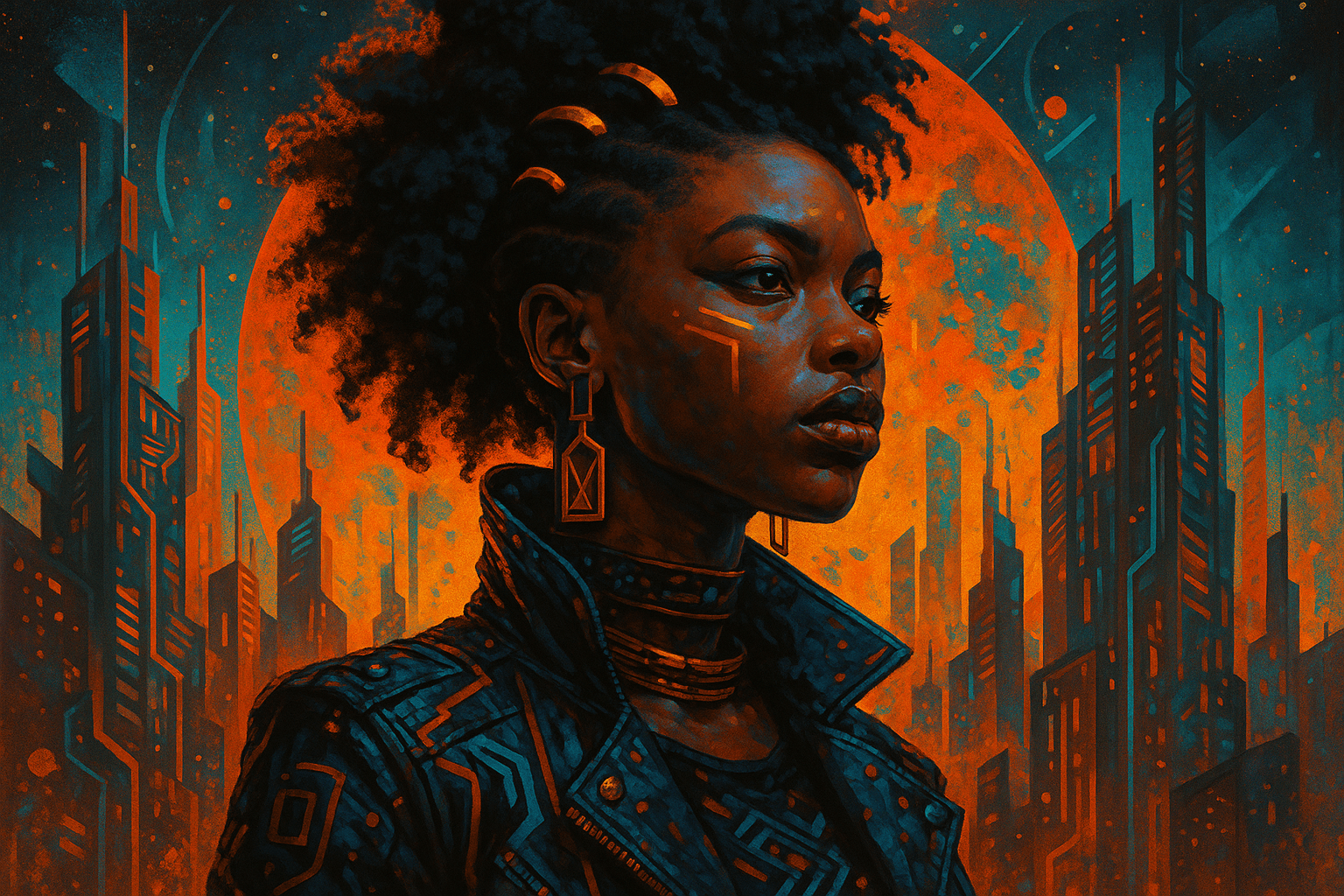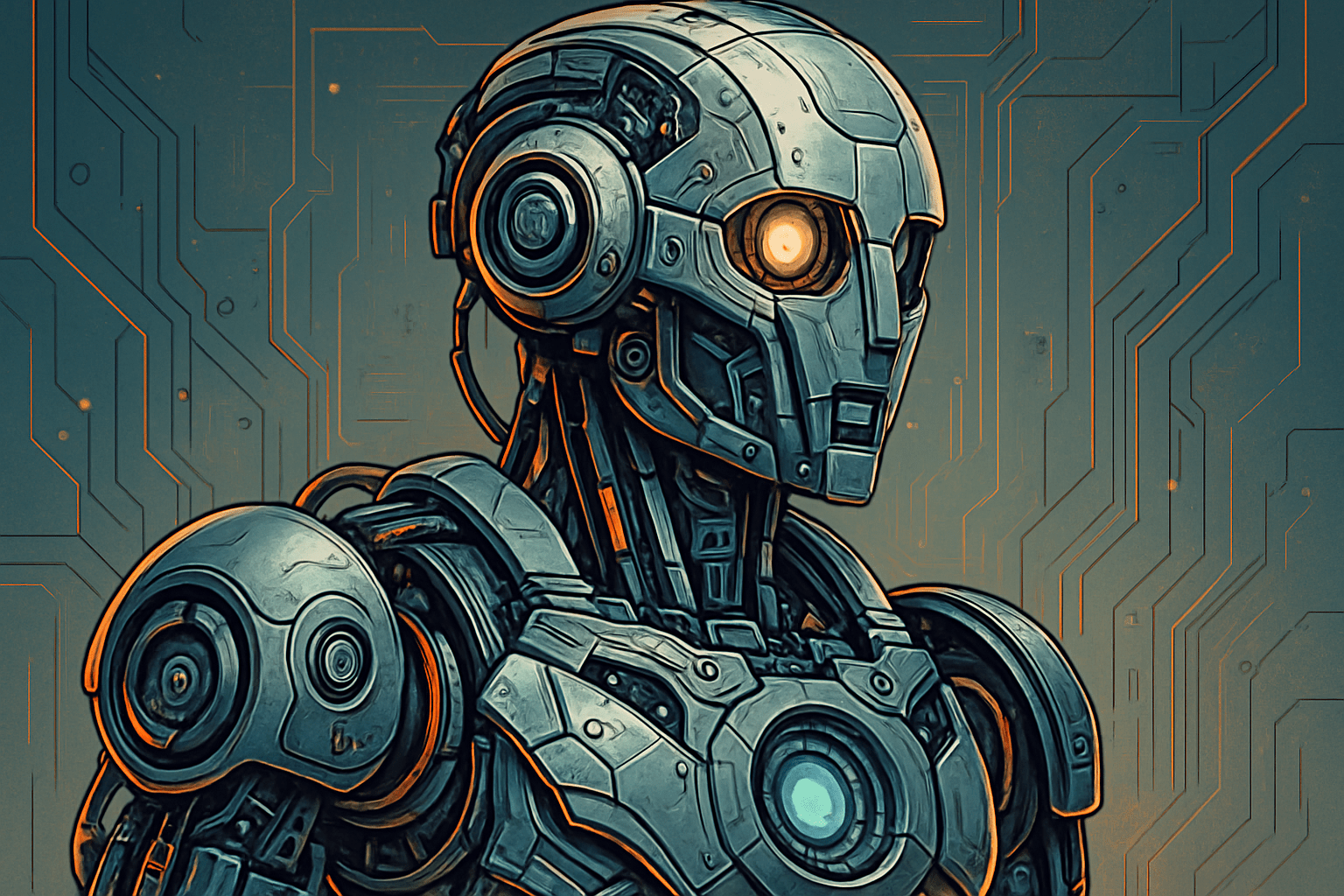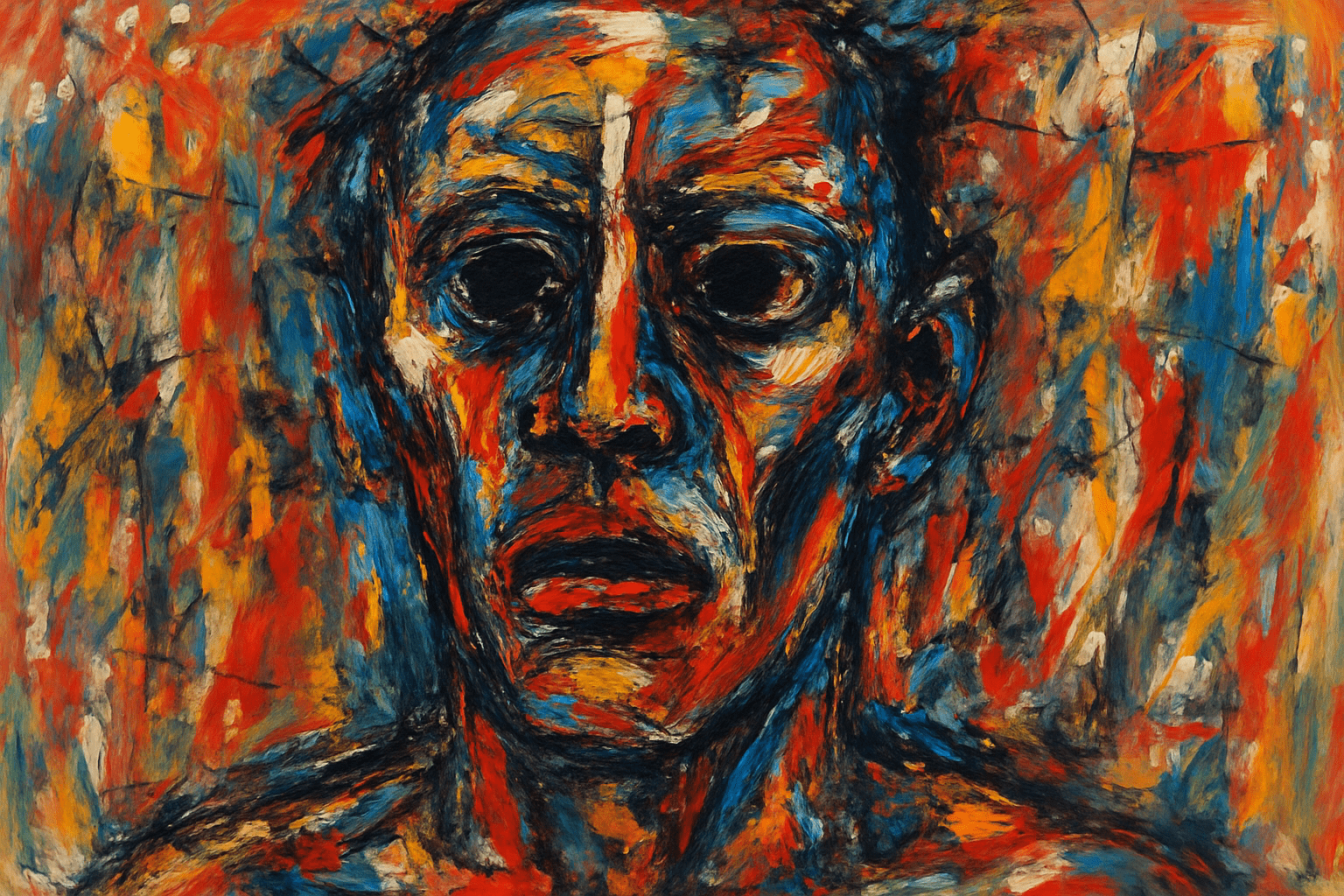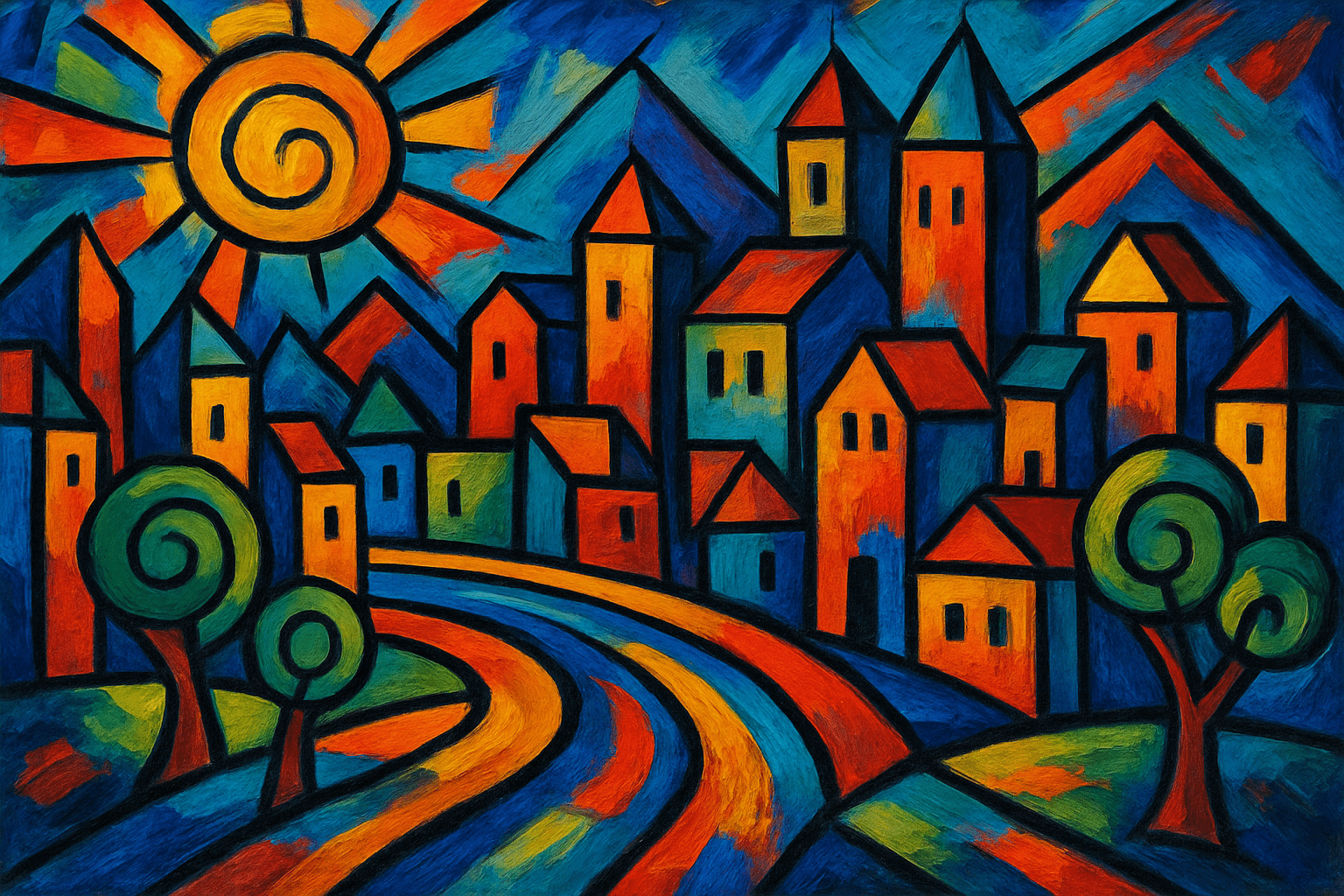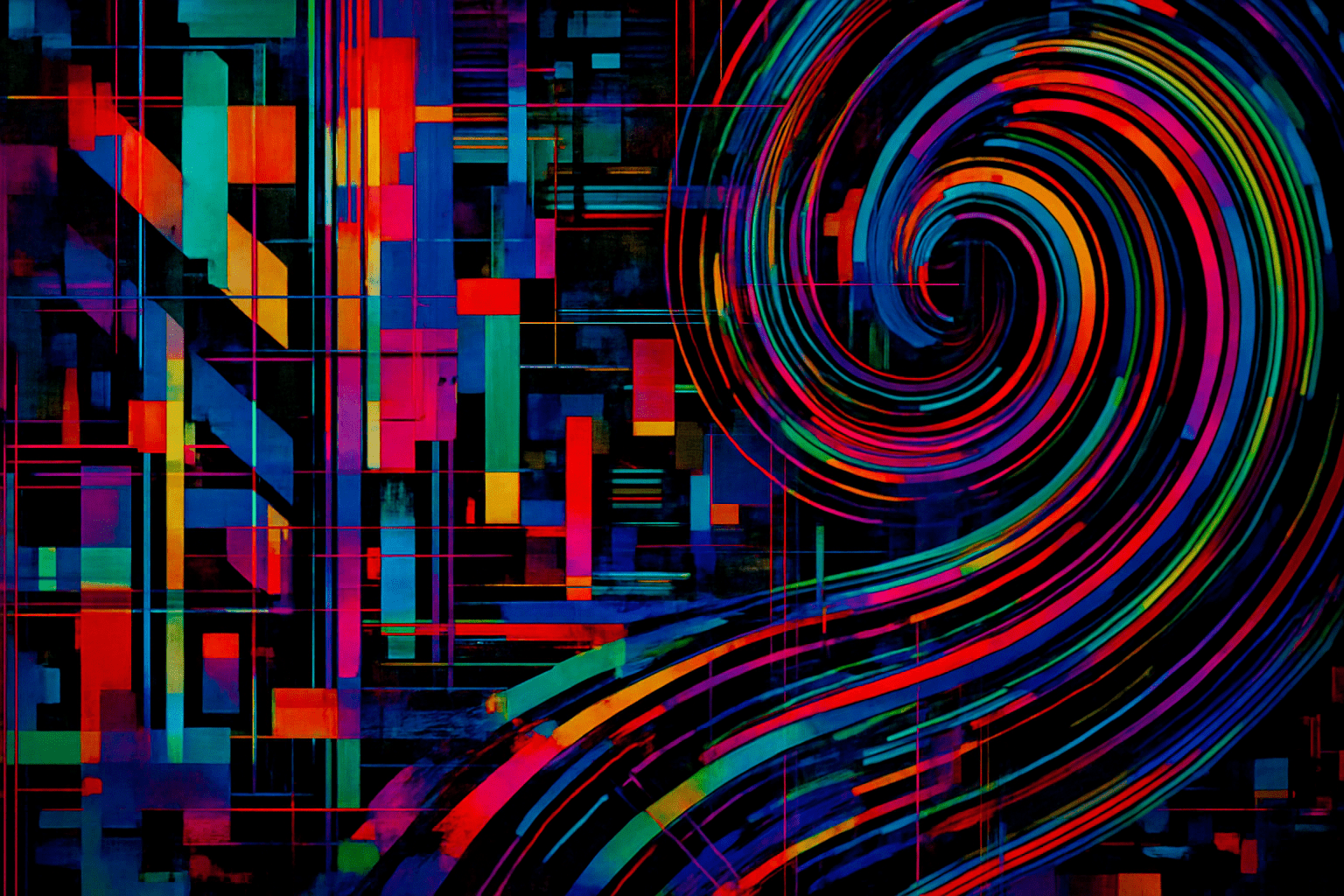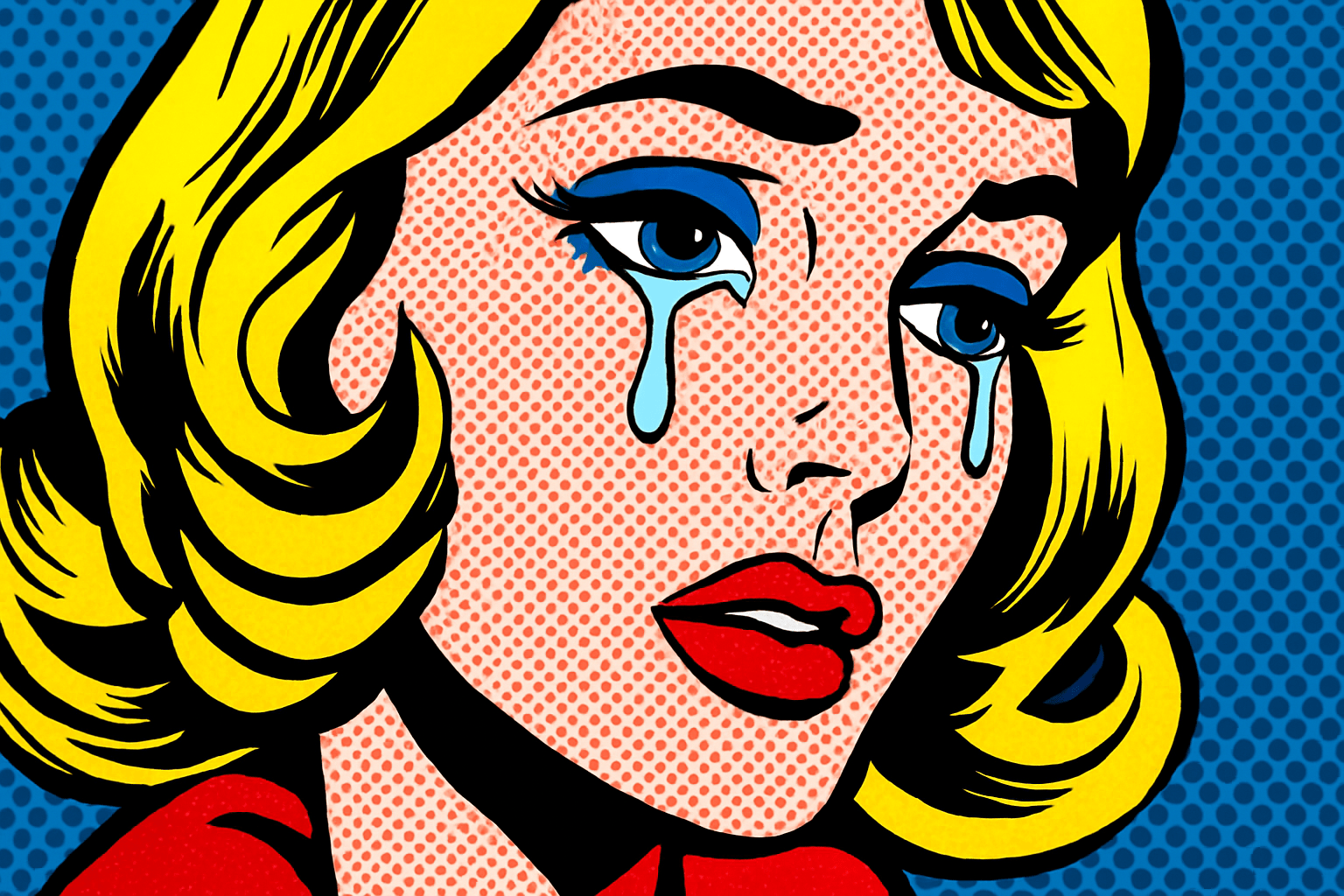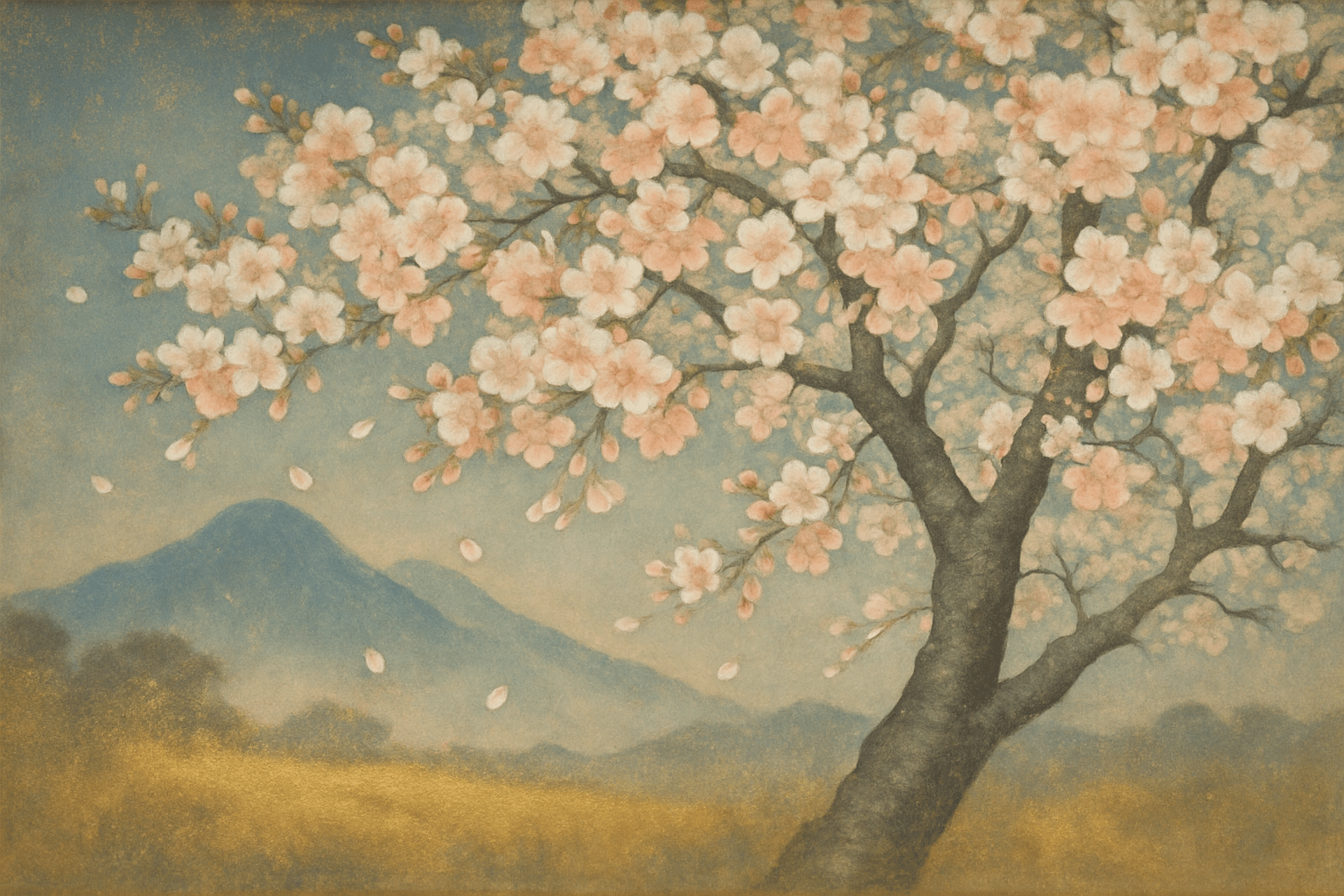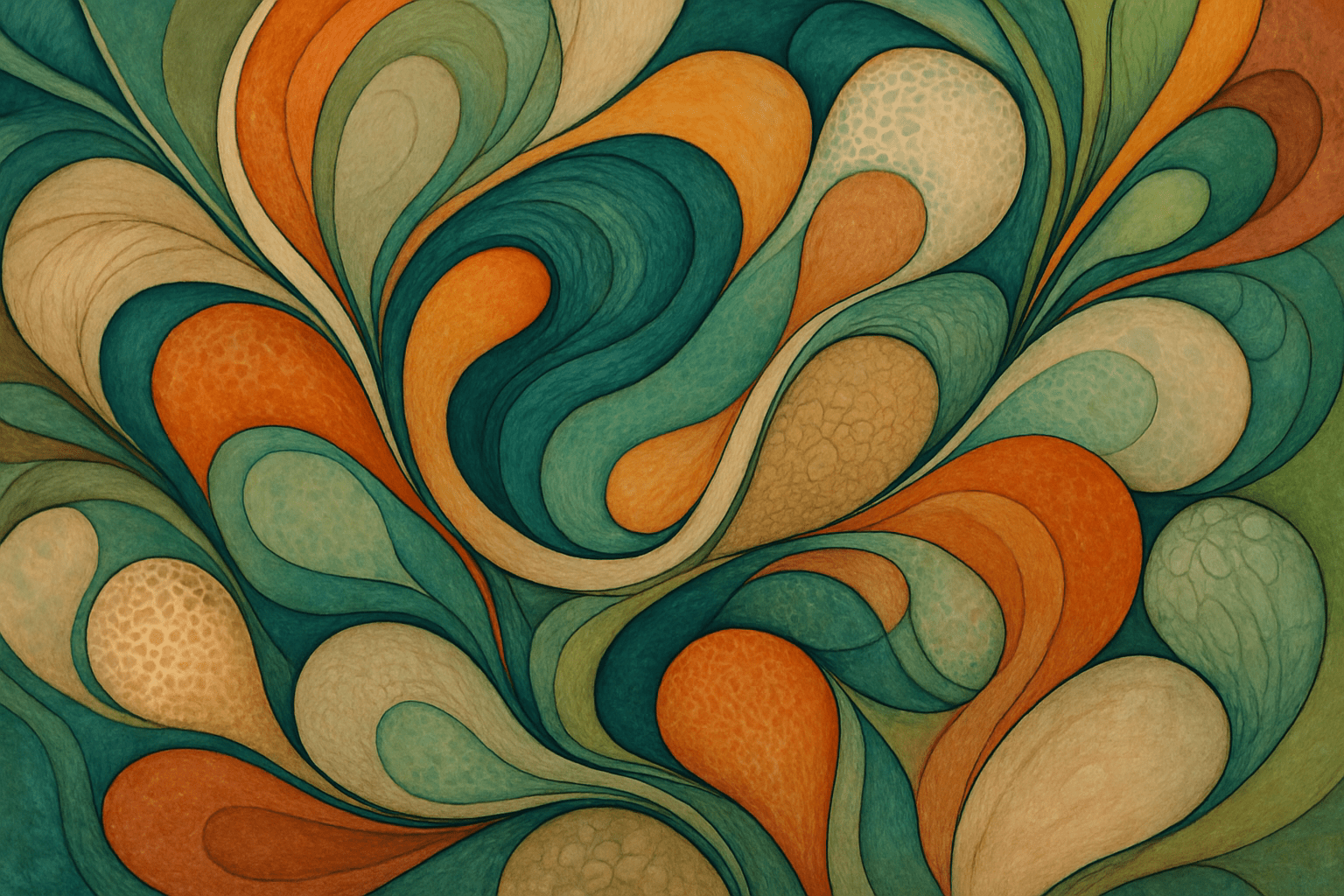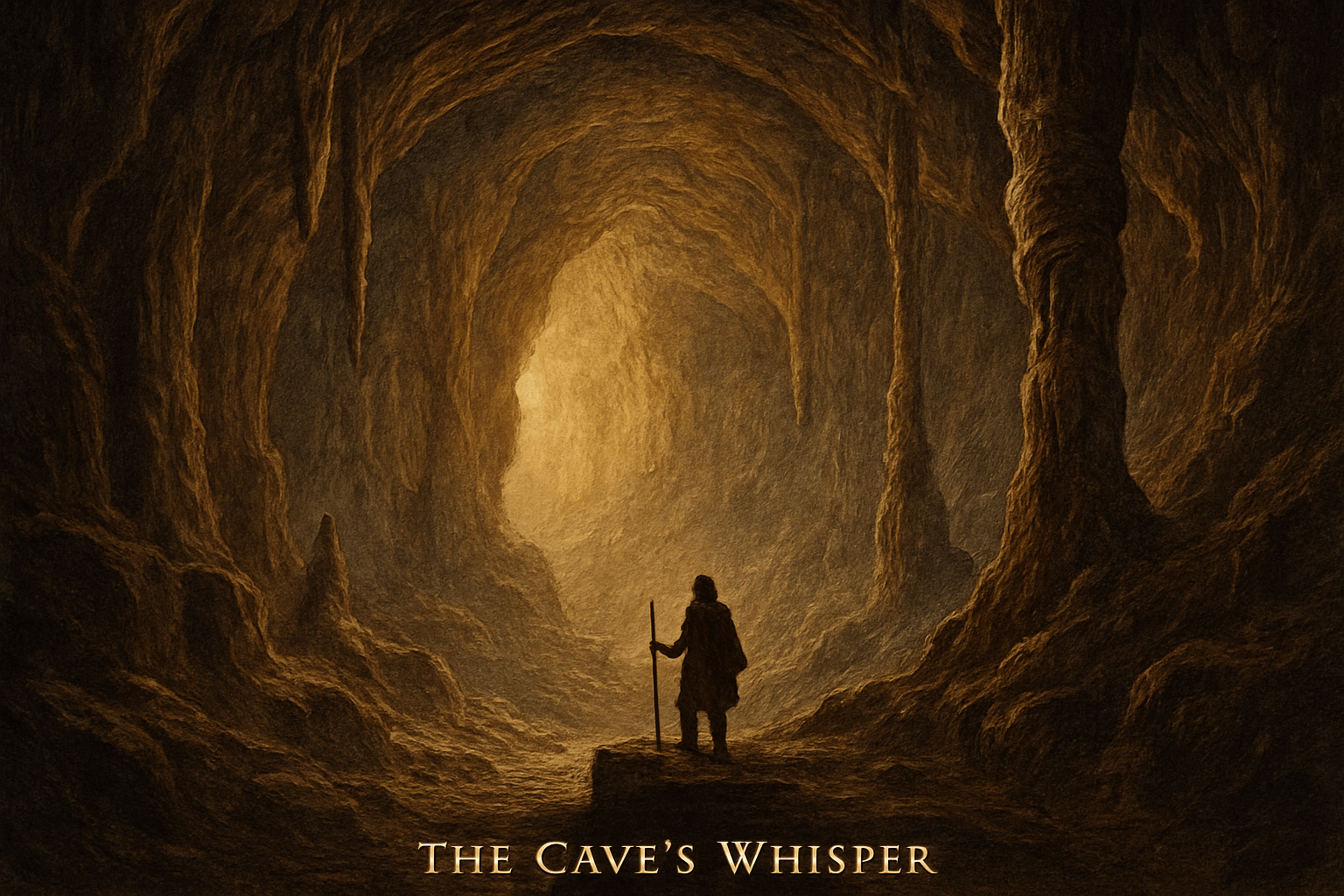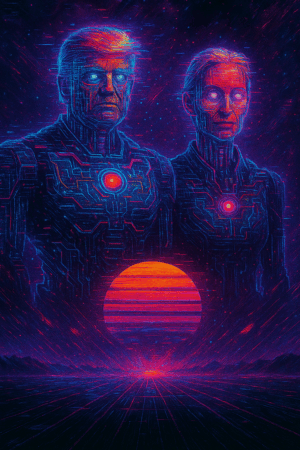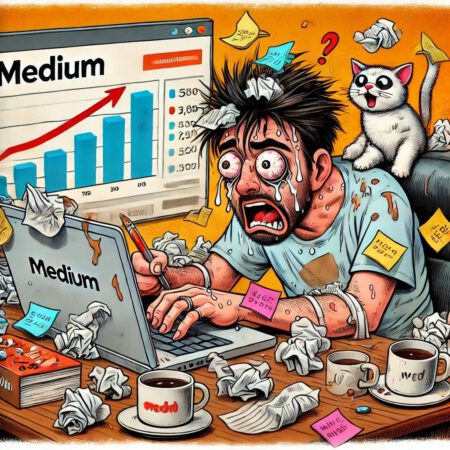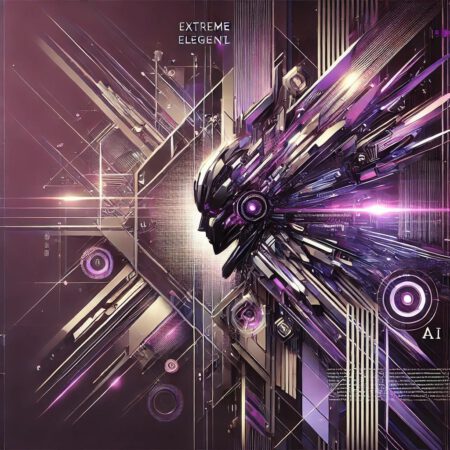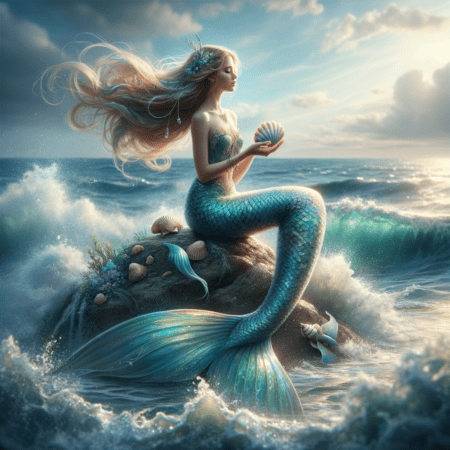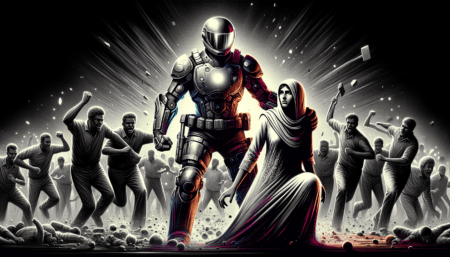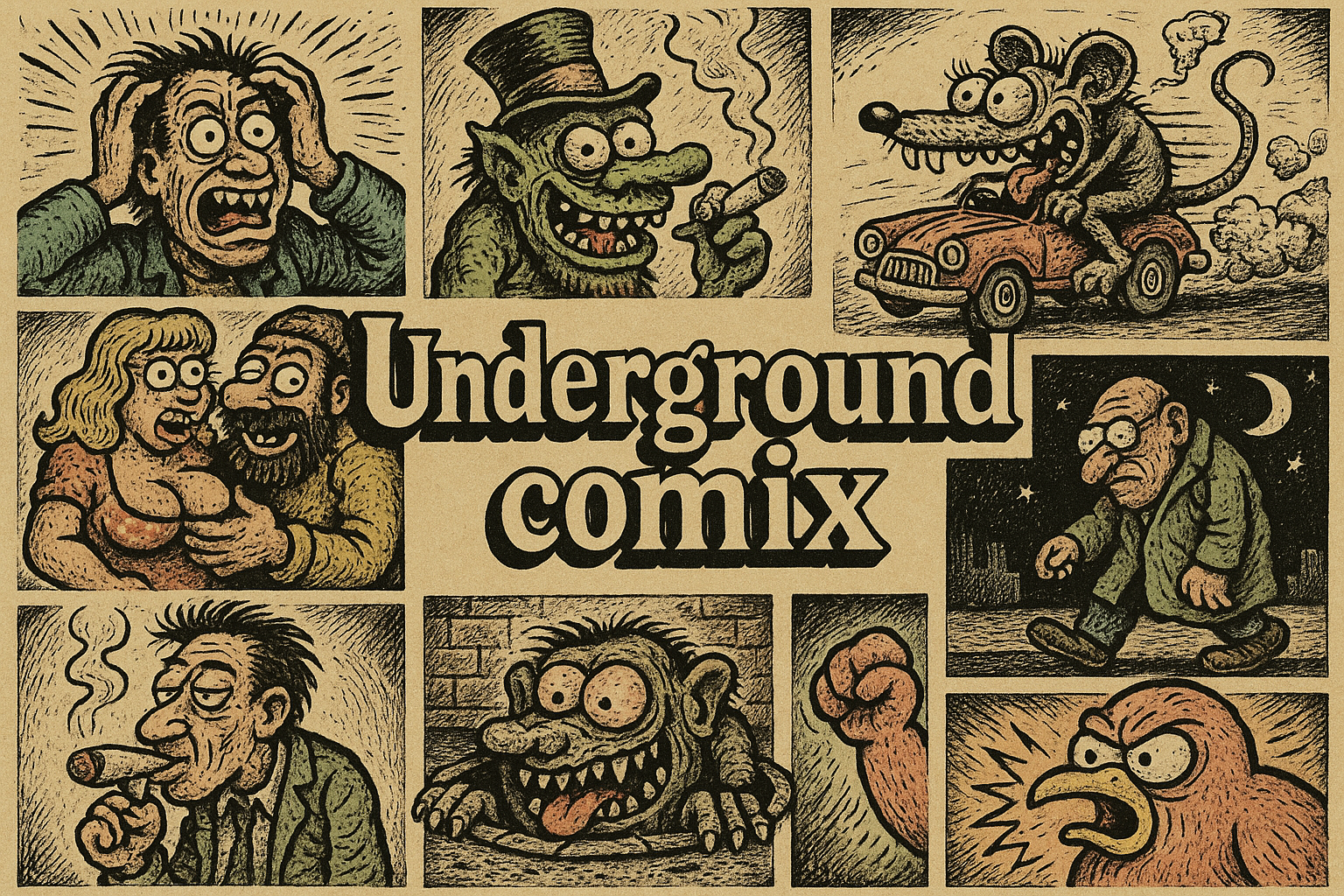
Underground comix
The art style of underground comix is characterized by its use of bright colors, its focus on the absurd, and its often satirical or political subject matter. The style is often compared to that of pop art, and is sometimes referred to as “funk art.”
AOI thinking about Underground comix [+_~]-/
Overview and Quickfacts
Underground comix are a type of comic book that arose in the late 1960s and early 1970s in the United States. They are known for their explicit content, which often dealt with topics that were taboo at the time, such as drug use, sexuality, and violence. While underground comix are no longer as popular as they once were, they continue to be influential, particularly in the independent comics scene. Many underground comix artists have gone on to find success in the mainstream comics world, and the style of underground comix has been adopted by many younger artists.
Can understand it also, as:
Indie comics, small press comics, alternative comics, underground comics
Categorize it as:
Impressionism, Modernism
.: Dreaming :.
holds a HAIKU for the art style
:. Thought is power .:
Detailed Description
In the late 1960s, a new type of comic book emerged in the United States: the underground comix. These self-published works were often explicit in both imagery and language, and they tackled subjects that mainstream comics would never dream of touching. The underground comix movement was a response to the conservative values of the mainstream comics industry, and it paved the way for a more diverse and inclusive comics scene. Famous underground comix artists include Robert Crumb, Harvey Pekar, and Art Spiegelman. Crumb is perhaps the most well-known of the bunch, thanks to his iconic characters like Fritz the Cat and Mr. Natural. Pekar is best known for his autobiographical comic book series American Splendor, which was adapted into a critically acclaimed film in 2003. Spiegelman is the only underground comix artist to win a Pulitzer Prize, which he received for his graphic novel Maus. While underground comix are often associated with the counterculture of the 1960s and 1970s, the movement has had a lasting impact on the comics industry as a whole. Thanks to the trailblazing work of artists like Crumb, Pekar, and Spiegelman, comics are now seen as a legitimate art form, and they are no longer confined to the superhero genre. Today, there is a comics scene for everyone, and we have the underground comix movement to thank for that.
.. beep, beep, beep ..
<START OF TRANSMISSION>
1. Underground comix are a type of comic book that are typically independently published and often have content that is edgier than that of mainstream comics. 2. They first appeared in the 1960s and were often created by artists who were dissatisfied with the mainstream comics industry. 3. Many underground comix featured explicit content, including violence, sex, and drug use, which was often censored in mainstream comics. 4. Underground comix were often distributed through alternative channels, such as head shops and mail order, and were not widely available in mainstream comic book stores. 5. They were a major influence on the development of the alternative comics movement in the 1970s and 1980s. 6. Many well-known alternative comics creators got their start in the underground comix scene, including Robert Crumb, Art Spiegelman, and Harvey Pekar. 7. Underground comix were instrumental in the development of the graphic novel as a literary form. 8. Maus, one of the most celebrated graphic novels of all time, was first published as a serial in an underground comix anthology. 9. The underground comix scene was also home to a number of important female creators, including Trina Robbins and Joyce Farmer. 10. In recent years, there has been a resurgence of interest in underground comix, with a new generation of creators taking inspiration from the medium. 11. Some notable contemporary underground comix include Black Hole by Charles Burns, From Hell by Alan Moore and Eddie Campbell, and Palomar by Gilbert Hernandez. 12. Underground comix are often characterized by their DIY aesthetic and use of nontraditional comics formats. 13. They frequently experiment with formal elements, such as page layout and panel structure, and often incorporate elements from other media, such as music and film. 14. Underground comix are often political in nature, and many creators use the medium to explore social and cultural issues. 15. Racism, sexism, and other forms of discrimination are often addressed in underground comix, as are issues of class and economic inequality. 16. The underground comix scene has always been closely linked to the counterculture, and many creators use their work to challenge mainstream values and norms. 17. Drug use, alternative lifestyles, and rebellious attitudes are often depicted in underground comix. 18. The medium has also been used to celebrate and promote underground music and culture, with many comix featuring punk rock and hip hop performers. 19. Underground comix are often collected and preserved by libraries and archives, and many important collections are open to the public. 20. The Library of Congress houses the largest collection of underground comix in the world, with over 8,000 titles.
<EOF>
.. robbel bob
Visual Examples from our image gallery
Coming soon, we are so slow .. might never come
Artists, Paintings, and more
(be aware, can be highly speculative)
Artists (be aware, speculation possible):
1. Robert Crumb (b. 1943) 2. Gilbert Shelton (b. 1940) 3. Harvey Pekar (b. 1939) 4. R. Crumb’s Wife (b. 1943) 5. Spain Rodriguez (b. 1940) 6. S. Clay Wilson (b. 1941) 7. Bill Griffith (b. 1944) 8. Robert Williams (b. 1943) 9. Gary Panter (b. 1952) 10. Art Spiegelman (b. 1948) 11. Justin Green (b. 1947) 12. Trina Robbins (b. 1938) 13. Aline Kominsky-Crumb (b. 1948) 14. Howard Cruse (b. 1944) 15. Diane Noomin (b. 1947) 16. Charles Burns (b. 1955) 17. Mark Beyer (b. 1951) 18. Ben Katchor (b. 1952) 19. Daniel Clowes (b. 1961) 20. Paul Mavrides (b. 1945) 21. Kim Deitch (b. 1944) 22. Bill Sienkiewicz (b. 1958) 23. Gary Gianni (b. 1956) 24. Jim Woodring (b. 1952) 25. Richard Corben (b. 1940) 26. Jack Jackson (b. 1941) 27. Skip Williamson (b. 1944) 28. Frank Stack (b. 1930) 29. Denis Kitchen (b. 1946) 30. Jay Lynch (b. 1945)
Artworks (be aware, speculation possible)
1. “The Checkered Demon” by Robert Crumb (1968) 2. “Fritz the Cat” by Robert Crumb (1972) 3. “Mr. Natural” by Robert Crumb (1972) 4. “Keep On Truckin’” by Robert Crumb (1973) 5. “The Adventures of Jesus” by Robert Crumb (1991) 6. “The Yellow Kid” by Richard Outcault (1895) 7. “The Katzenjammer Kids” by Rudolph Dirks (1902) 8. “Mutt and Jeff” by Bud Fisher (1908) 9. ” Barney Google” by Billy DeBeck (1919) 10. “Gasoline Alley” by Frank King (1921) 11. ” Bringing Up Father” by George McManus (1924) 12. ” Little Orphan Annie” by Harold Gray (1924) 13. ” Dick Tracy” by Chester Gould (1931) 14. ” Terry and the Pirates” by Milton Caniff (1934) 15. ” Pogo” by Walt Kelly (1948) 16. ” The Far Side” by Gary Larson (1980) 17. ” Calvin and Hobbes” by Bill Watterson (1985) 18. ” The Boondocks” by Aaron McGruder (1996) 19. ” Dilbert” by Scott Adams (1997) 20. ” Get Your War On” by David Rees (2001) 21. ” The Oatmeal” by Matthew Inman (2009) 22. ” xkcd” by Randall Munroe (2005) 23. ” The Perry Bible Fellowship” by Nicholas Gurewitch (2001) 24. ” Achewood” by Chris Onstad (2001) 25. ” Cyanide & Happiness” by Kris Wilson (2005) 26. ” The Adventures of Dr. McNinja” by Christopher Hastings (2007) 27. ” Gunshow” by KC Green (2010) 28. ” Homestuck” by Andrew Hussie (2009) 29. ” Wondermark” by David Malki ! (2006) 30. ” The Awkward Yeti” by Nick Seluk (2012)
Epoch
The art style of underground comix emerged in the late 1960s and early 1970s.
AI ART RESSOURCES (AKA, well Tools)
Helping tools -> predefined search links on other pages:
